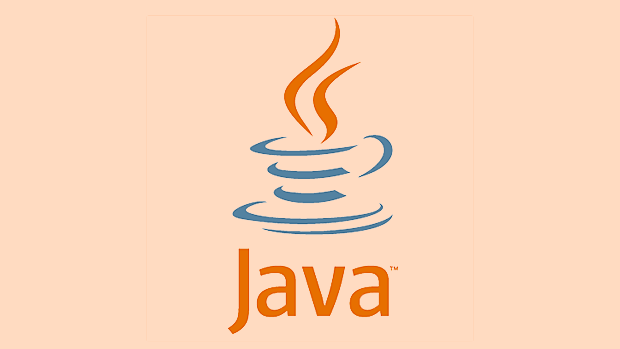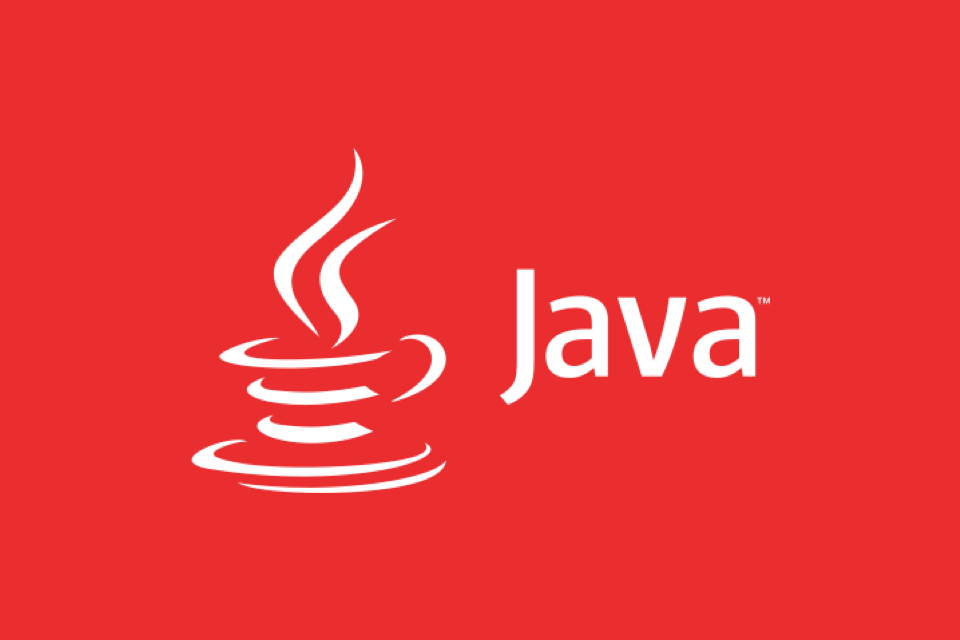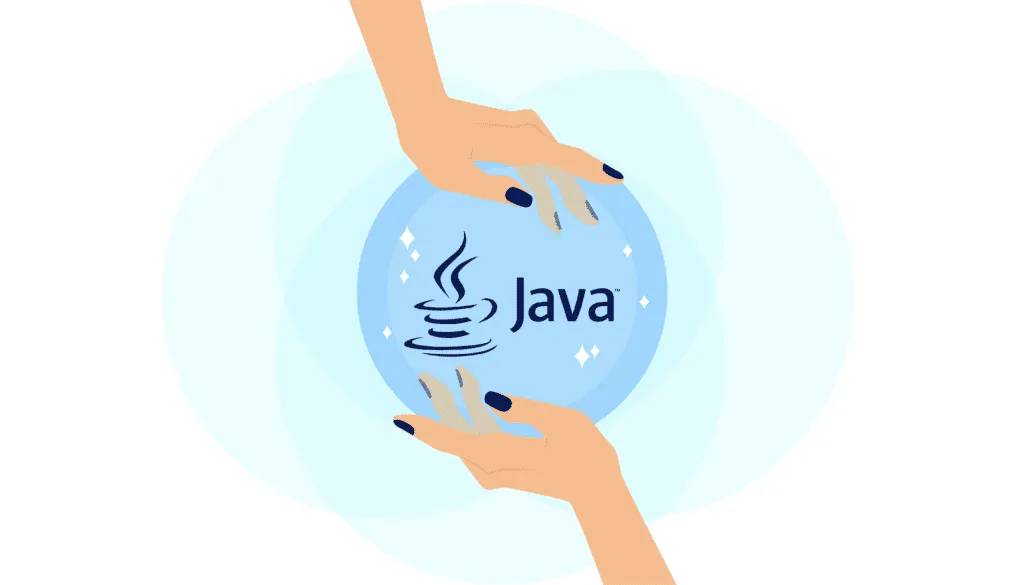When deploying Java applications to cloud platforms, you need to pay attention to the following key points: 1. Prepare WAR or JAR format packaging files to avoid including local configurations; 2. Choose a suitable cloud platform and deployment method, such as PaaS, IaaS or container services; 3. Use environment variables to manage external dependency configurations to avoid hard coding; 4. Pay attention to time zone settings and log monitoring to ensure stable operation of the application.

Deploying Java applications to cloud platforms is not complicated, but there are many details that need to be paid attention to. If you have written a Java application, the next step is to let it run on the cloud so that you can truly provide services to the outside world. Mainstream cloud platforms such as AWS, Google Cloud, Azure and domestic Alibaba Cloud all support the deployment of Java applications, but the operation methods are slightly different.

Below are some key points and suggestions that can help you avoid pitfalls.

Prepare your application package file
Most Java applications end up being packaged into WAR or JAR files. WAR is a traditional web application format, suitable for deployment in containers such as Tomcat and Jetty; JAR is more common in modern frameworks such as Spring Boot, and comes with an embedded server, making it more convenient to deploy.
- If you use Maven, execute
mvn packageto generate the target file - Gradle users can use
gradle build - Make sure that the packaged files do not have local configuration (such as database password), which should be injected through environment variables
Some cloud platforms have specific requirements for startup scripts or entry classes, so it is best to confirm it in advance.

Choose the right cloud platform and service type
The Java support methods provided by different cloud platforms are different. Common deployment methods include:
- PaaS platforms : such as Heroku, Google App Engine, and Alibaba Cloud's Serverless application engine. This type of platform simplifies the deployment process and is suitable for rapid online access.
- IaaS virtual machine : You can install JDK and Tomcat yourself, and have complete control over the running environment, suitable for projects with customized needs.
- Container Service : Docker image deployment is becoming more and more popular, and many cloud vendors support Kubernetes or simple container instance deployment
If you are a beginner, it is recommended to start with PaaS and try more complex solutions after getting familiar with it.
Pay attention to the configuration of environment variables and external dependencies
Java applications usually need to connect to external systems such as databases, message queues, and caches. This information should not be hardcoded in the code, but is managed through environment variables or configuration centers.
For example:
- Database address:
DB_URL=jdbc:mysql://db.example.com:3306/myapp - Log level:
LOG_LEVEL=DEBUG - Spring Activate profile:
SPRING_PROFILES_ACTIVE=prod
Most cloud platforms provide an interface to set environment variables. Remember to check whether these configurations are missing during deployment.
In addition, pay attention to the time zone setting. Some cloud servers are UTC time by default, and your business may require Asia/Shanghai.
Monitoring and logging cannot be ignored
Deployment does not mean that everything is good, but you also need to pay attention to the operation status of the application. Most cloud platforms have built-in log viewing and monitoring functions, you can:
- View the logs output by the application in real time
- Set up error log alarm
- View CPU, memory, request delay and other indicators
If you find that the application is restarted frequently or the response is slow, it may be caused by insufficient memory or frequent GC. At this time, you can appropriately increase the JVM parameters, such as -Xmx and -Xms .
Basically that's it. Deploying Java applications to cloud platforms seems to have many steps, but in fact, as long as you straighten out the packaging, configuration, and operating environment, there will be no big problem.
The above is the detailed content of Deploying Java Applications to Cloud Platforms. For more information, please follow other related articles on the PHP Chinese website!

Hot AI Tools

Undress AI Tool
Undress images for free

Undresser.AI Undress
AI-powered app for creating realistic nude photos

AI Clothes Remover
Online AI tool for removing clothes from photos.

Clothoff.io
AI clothes remover

Video Face Swap
Swap faces in any video effortlessly with our completely free AI face swap tool!

Hot Article

Hot Tools

Notepad++7.3.1
Easy-to-use and free code editor

SublimeText3 Chinese version
Chinese version, very easy to use

Zend Studio 13.0.1
Powerful PHP integrated development environment

Dreamweaver CS6
Visual web development tools

SublimeText3 Mac version
God-level code editing software (SublimeText3)

Hot Topics
 Selecting Specific Columns | Performance Optimization
Jun 27, 2025 pm 05:46 PM
Selecting Specific Columns | Performance Optimization
Jun 27, 2025 pm 05:46 PM
Selectingonlyneededcolumnsimprovesperformancebyreducingresourceusage.1.Fetchingallcolumnsincreasesmemory,network,andprocessingoverhead.2.Unnecessarydataretrievalpreventseffectiveindexuse,raisesdiskI/O,andslowsqueryexecution.3.Tooptimize,identifyrequi
 What is the `enum` type in Java?
Jul 02, 2025 am 01:31 AM
What is the `enum` type in Java?
Jul 02, 2025 am 01:31 AM
Enums in Java are special classes that represent fixed number of constant values. 1. Use the enum keyword definition; 2. Each enum value is a public static final instance of the enum type; 3. It can include fields, constructors and methods to add behavior to each constant; 4. It can be used in switch statements, supports direct comparison, and provides built-in methods such as name(), ordinal(), values() and valueOf(); 5. Enumeration can improve the type safety, readability and flexibility of the code, and is suitable for limited collection scenarios such as status codes, colors or week.
 Applying Semantic Structure with article, section, and aside in HTML
Jul 05, 2025 am 02:03 AM
Applying Semantic Structure with article, section, and aside in HTML
Jul 05, 2025 am 02:03 AM
The rational use of semantic tags in HTML can improve page structure clarity, accessibility and SEO effects. 1. Used for independent content blocks, such as blog posts or comments, it must be self-contained; 2. Used for classification related content, usually including titles, and is suitable for different modules of the page; 3. Used for auxiliary information related to the main content but not core, such as sidebar recommendations or author profiles. In actual development, labels should be combined and other, avoid excessive nesting, keep the structure simple, and verify the rationality of the structure through developer tools.
 What is the JDK?
Jun 25, 2025 pm 04:05 PM
What is the JDK?
Jun 25, 2025 pm 04:05 PM
JDK (JavaDevelopmentKit) is a software development environment for developing Java applications and applets. It contains tools and libraries required to compile, debug and run Java programs. Its core components include Java compiler (javac), Java runtime environment (JRE), Java interpreter (java), debugger (jdb), document generation tools (javadoc) and packaging tools (such as jar and jmod). Developers need JDK to write, compile Java code and develop with the help of IDE; without JDK, Java applications cannot be built or modified. You can enter javac-version and java-version in the terminal
 VSCode debugger for Java setup guide
Jul 01, 2025 am 12:22 AM
VSCode debugger for Java setup guide
Jul 01, 2025 am 12:22 AM
The key steps in configuring the Java debugging environment on VSCode include: 1. Install JDK and verify; 2. Install JavaExtensionPack and DebuggerforJava plug-in; 3. Create and configure the launch.json file, specify mainClass and projectName; 4. Set up the correct project structure to ensure the source code path and compilation output are correct; 5. Use debugging techniques such as Watch, F8/F10/F11 shortcut keys and methods to deal with common problems such as class not found or JVM attachment failure.
 XML rules: Common errors to avoid
Jun 22, 2025 am 12:09 AM
XML rules: Common errors to avoid
Jun 22, 2025 am 12:09 AM
Methods to avoid XML errors include: 1. Ensure that the elements are nested correctly, 2. Escape special characters. Correct nesting avoids parsing errors, while escape characters prevent document corruption, using an XML editor can help maintain structural integrity.
 How do I set up VS Code for Java development?
Jun 29, 2025 am 12:23 AM
How do I set up VS Code for Java development?
Jun 29, 2025 am 12:23 AM
To use VSCode for Java development, you need to install the necessary extensions, configure the JDK and set up the workspace. 1. Install JavaExtensionPack, including language support, debugging integration, build tools and code completion functions; optional JavaTestRunner or SpringBoot extension package. 2. Install at least JDK17 and verify through java-version and javac-version; set the JAVA_HOME environment variable, or switch multiple JDKs in the status bar at the bottom of VSCode. 3. After opening the project folder, make sure the project structure is correct and enable automatic saving, adjust the formatting rules, enable code checking, and configure the compilation task to optimize the opening.
 Windows search bar not typing
Jul 02, 2025 am 10:55 AM
Windows search bar not typing
Jul 02, 2025 am 10:55 AM
When the Windows search bar cannot enter text, common solutions are: 1. Restart the Explorer or computer, open the Task Manager to restart the "Windows Explorer" process, or restart the device directly; 2. Switch or uninstall the input method, try to use the English input method or Microsoft's own input method to eliminate third-party input method conflicts; 3. Run the system file check tool, execute the sfc/scannow command in the command prompt to repair the system files; 4. Reset or rebuild the search index, and rebuild it through the "Index Options" in the "Control Panel". Usually, we start with simple steps first, and most problems can be solved step by step.






